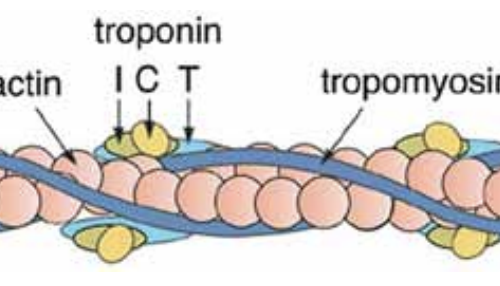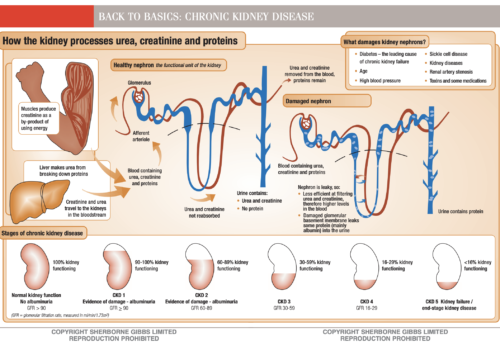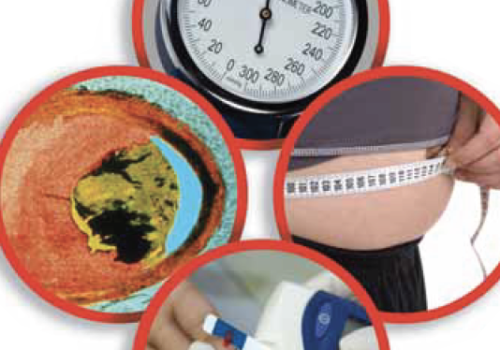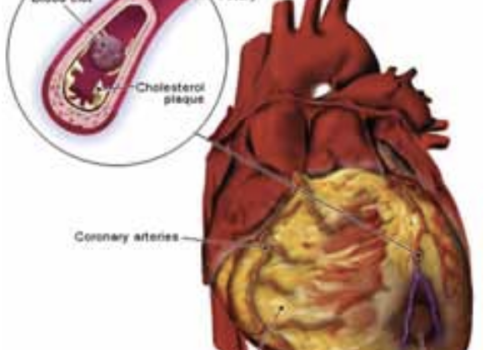Troponins are now measured routinely in patients with acute chest pain in most hospitals in the UK. Studies have confirmed that they represent a marker of risk for subsequent cardiac events in most patients. In this article we explore what troponins are, why they may increase in acute coronary syndromes, how they are measured and how likely they are to be used in the future.
Using troponins to assess cardiac damage: Getting to the heart of the matter
Optimising Management of Supraventricular Arrhythmias
Caring for patients with arrhythmias has evolved over the past decade as a result of technological innovation in both diagnosis and treatment. This article highlights some of the most common arrhythmias and reviews the most appropriate strategies for their medical management. The National Service Framework (NSF) for Coronary Heart Disease (CHD) sets out three quality standards in the chapter on arrhythmias and sudden cardiac death and we look at how to successfully implement these.
Starting an a Beta-Blocker for your Heart Problem
Editorial
We hope this issue of BJPCN is like an Easter egg – bright and appealing on the outside, with useful articles building a solid structure that you can really get your teeth into and lots of extra chocolates inside to sustain you over the next few weeks.
Impaired Fasting Glycaemia and Impaired Glucose Tolerance: Reducing Progression
The journey from normal glycaemic control to type 2 diabetes is a gradual one and, importantly, gives us lots of opportunities to diagnose so-called ‘pre-diabetes’ and step in to reduce the chances of a patient developing full-blown diabetes, or at least delay its onset. In this article, we review the rationale for early intervention, help you make sense of impaired fasting glycaemia and impaired glucose tolerance and illustrate what to look out for with case studies of patients you are likely to see in your practice.
“You Will Need to Stop Driving.” Chronic Disease, Driving and the Law
Telling a patient that they will have to stop driving can be difficult, so it is essential to be sure of the facts on the law regulating driving and chronic disease. When asked what they know about chronic disease and stopping driving, many people may know that epilepsy is an issue, and may mention diabetes. But are driving restrictions for one year, or is it three years? Do they affect only patients with diabetes on insulin, and are some regulations only for heavy goods vehicle (HGV) drivers? In this article, we give you the information to answer these questions.
Back to Basics: Chronic kidney disease
The Metabolic Syndrome: Pie in the Sky or Major New Disease?
The metabolic syndrome is a bit like smoothie makers. Everyone’s heard of them, many people seem to have them, but no-one is quite sure what to do with them. So let’s have a look at how the metabolic syndrome came to enter our vocabulary, what it really means and whether it is something that could help us to look after our patients better or just another cumbersome tool that produces a lot of heat but no light.
Procoralan (Ivabradine): A New Treatment Option for Angina
Angina is on the increase as people live longer. It is the most common symptom of ischaemic heart disease and occurs when the arteries are no longer able to supply the heart with enough blood to meet its demands. Treatment aims to restore the balance between oxygen supply and demand, to relieve the pain as quickly as possible and prevent further angina attacks, to treat the risk factors, limit the progression of coronary artery disease and reduce the risk of a heart attack. Procoralan (ivabradine) works by specifically inhibiting the If or ‘funny’ channel in the sinoatrial node of the heart (also known as the cardiac pacemaker) to reduce the resting heart rate, matching the efficacy of beta-blockers without their side-effects.
Neurolinguistic Programming: Getting to the Heart of Communication
Imagine what it would be like if you could communicate effectively with every person you meet. What would it be like to know that any messages you want to put across to your patients mean the same to them when they hear them as they mean to you? A few basic pointers in neurolinguistic programming (NLP) may help to improve how clearly you communicate with others. In this article we will look at linguistics, or the use of language, as one part of NLP and a key indicator of how people make sense of, and interpret, the world.
Primary angioplasty: the best way to unblock arteries after a heart attack?
Primary angioplasty is now recognised as the best treatment for clearing a blocked coronary artery after an ST segment elevation myocardial infarction (STEMI) and increasing numbers of patients will undergo this procedure as it becomes more available. In this article, we explore what is involved in primary angioplasty, what you need to tell to your patients and how to care for them after this procedure.

























